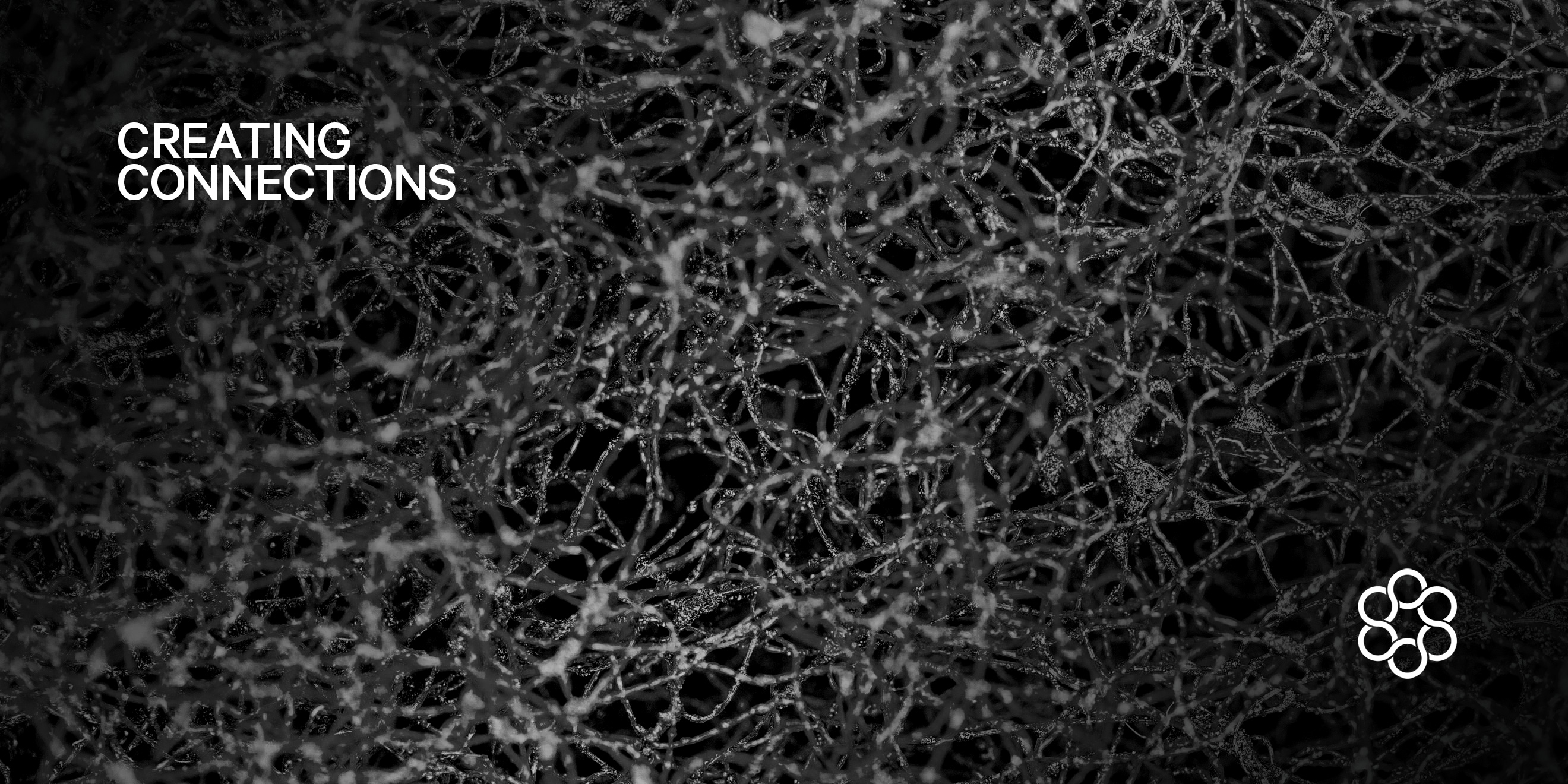
An introduction to this article appeared in the monthly Creating Connections newsletter put together by the women of The CyberWire. This is a guest-written article. The views and opinions expressed in this article are those of the authors, not necessarily the CyberWire, Inc.
Women leaders and forced digital transformation.
Digital transformation (DT or DX) may be a defining term of the last decade, for both the technology sector and many other industries. However, unplanned or “forced” digital transformation may define the next decade as we continue to work, live and do business during a global pandemic.
I recently had the opportunity to speak about forced digital transformation with my friend and colleague Jason Lee, director of cybersecurity advisory for NTT Managed Services. The topic is a familiar one for many who work in managed services, and the discussion stuck with me as particularly resonant for women leaders in IT and cybersecurity.
The many businesses around the globe that were forced to adopt remote operations have only served to highlight an already occurring trend around unplanned digital transformation – that DT projects are “forced” when they are performed in response to an increasingly precarious environment. Precipitating events can be anything from, of course, the pandemic to economic changes to major cybersecurity events, such as data breaches. More narrowly, they can also occur when a project misses information security standards and slides off the rails into major scope-creep. Digital changes to any business create ample opportunities for cybersecurity risk to be both introduced and mitigated.
I believe the trend in forced digital transformation is also important to note for women, and is strongly linked to the “glass cliff” phenomenon – where it’s not unusual to see a rise in female leadership occur along with significant trouble in the business. While the glass cliff scenario is possibly the worst way to increase women’s representation in leadership roles (i.e., talented women positioned to lead a highly improbable turnaround), I think a number of women in technology leadership can point to positive career growth linked with pulling a digital transformation initiative out of a tailspin.
In cybersecurity, the rise of leaders (both women and men) linked to a major cybersecurity incident is nearly an industry trope. But we’re still seeing meaningful effects of an increasingly volatile environment lifting the tides of more women when compared to three-to-five years ago, when women still only made up about 11% of the cybersecurity workforce. In my own early experience, I recognize the opportunities that allowed me to accelerate my career growth were often aligned with a watershed moment for the business.
Of course, the history of any person’s career growth is rarely influenced by only one factor. A recent article published by MIT Sloan Management Review found that even a hiring manager’s political ideology can cause subtle-but-significant bias against women advancing in leadership – resulting in a tendency to preserve the “status quo.” MIT’s research made me wonder: What occurs when conservative-leaning work cultures or leaders are impacted by forced digital transformation? I suspect that the anxiety leaders feel about forced digital transformation can outweigh their concerns over selecting a more diverse candidate, creating an opening for more women leaders.
Growing women in technology and leadership rarely is only about women as leaders, or only about the major trends and shifts in our businesses and industries. Our growth must be considered in the intersection of both strong and subtle forces that cannot exist, or be evaluated, totally in isolation. As we assess major technical topics and trends, I try to ask how they may play a role in building the diversity of my teams and our communities, and how they may impact women’s careers.
Jaclyn Miller is the chief information security officer for the NTT Managed Services division, Americas. She talks regularly with teams and clients around the globe working through multi-cloud transformations, both forced and planned, using her own experiences to help elevate cybersecurity practices as a major project feature, before cybersecurity incidents can become major project obstructions.